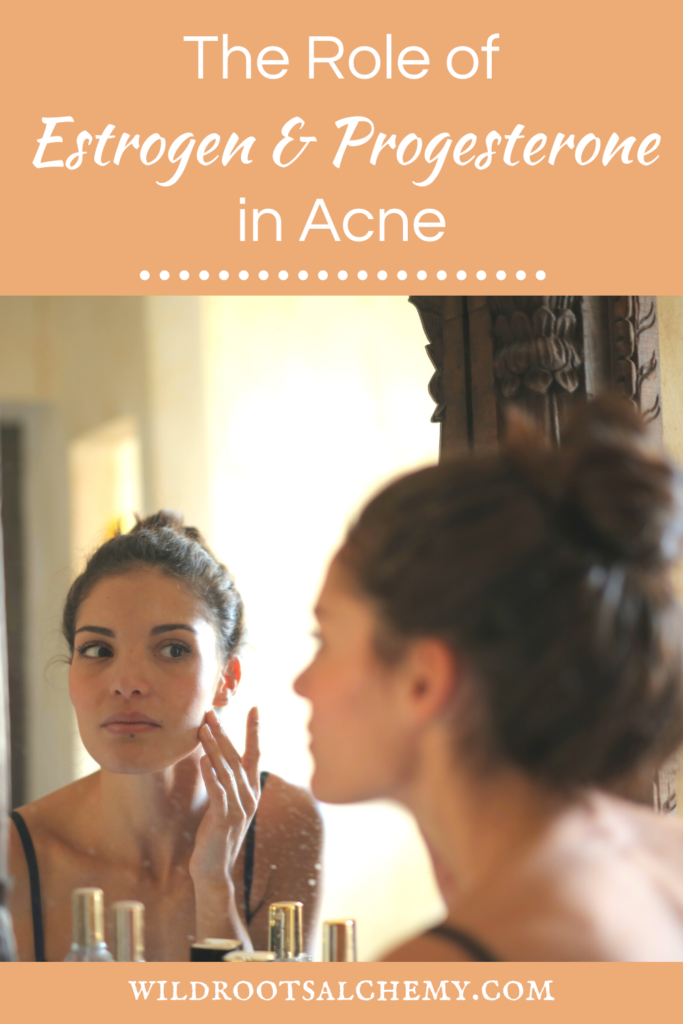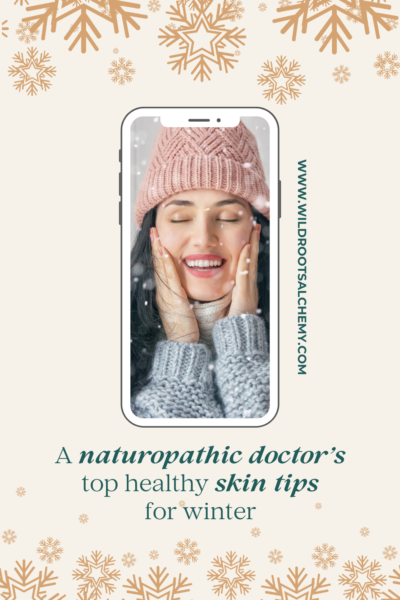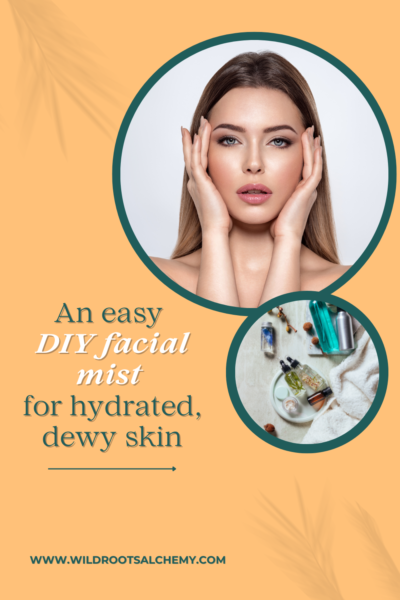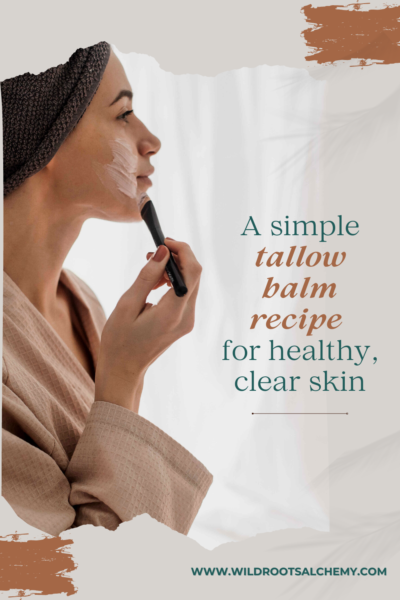
What does “hormonal acne” even mean? Acne has a variety of root causes, and hormonal imbalance is often a primary root cause. All of your hormones—including estrogen, progesterone, testosterone, insulin, cortisol, and thyroid hormone—are intricately connected, and an imbalance in one hormone typically creates an imbalance in the rest.
Hormone imbalance can look like:
- Estrogen dominance (i.e. due to the birth control pill)
- Estrogen deficiency (i.e. due to menopause or premature ovarian insufficiency)
- Elevated androgens, like testosterone and DHT (i.e. PCOS)
- Progesterone deficiency (often due to excess estrogen, excess cortisol, hypothyroidism, or insulin resistance)
- Insulin resistance and blood sugar dysregulation
- Cortisol dysregulation (low or high cortisol levels, or an abnormal circadian rhythm)
Acne can show up more frequently or with greater severity at different times of your cycle, giving us clues as to what your hormones may be up to, especially estrogen and progesterone.
How Estrogen and Progesterone Imbalances Lead to Acne
When it comes to healthy estrogen levels, it’s all about balance: not too much and not too little!
Estrogen dominance is incredibly common and can be a hormonal cause of acne. Estrogen dominance occurs when there is too much estrogen in relationship to progesterone, either because of excess estrogen (think xenoestrogens like those found in plastics, conventional beauty products, and the birth control pill) or low progesterone.⠀
Progesterone is responsible for regulating the conversion of testosterone to DHT (androgens). If estrogen is throwing off your progesterone balance, you’ll have more DHT floating around, leading to more sebum production and potentially creating acne.⠀
Higher levels of estrogen also stress out your liver, making it less efficient at metabolizing and detoxifying hormones. When you’ve got a sluggish liver due to excess hormones or birth control, your liver continues to not process hormones well, leading to an even more estrogen dominant state.
How to Address Estrogen Dominance as a Cause of Your Acne
Treatment varies person to person, but estrogen dominance typically needs to be addressed by doing the following:
- Improve detoxification and elimination of estrogens via your liver, kidneys, and colon (I’ve got some info on how to do this in a previous post about post-birth control syndrome)⠀
- Optimize blood sugar levels and insulin sensitivity to reduce androgen production (androgens get converted into estrogen, so too many androgens will lead to too much estrogen)
- Support progesterone production to balance out estrogen⠀
What About Low Estrogen Levels?
But did you know that low estrogen levels can also cause acne? Balanced estrogen helps to plump up your skin and keep it healthy, warding off skin issues like wrinkles and acne. It also binds to androgen receptors responsible for oil production, keeping androgens from binding, which prevents extra sebum production. Low estrogen levels means that not only do we lose estrogen’s protective effects on the skin, but androgens now have a free pass to stimulate those sebum receptors.⠀
How Do I Know If My Estrogen and Progesterone Levels Are Balanced?
Conventionally, the only way to know for certain is to test, either by testing your urine, saliva, or blood. However, testing has its limitations. It’s just a snapshot in time, and hormone levels can fluctuate widely even throughout a single day. Testing has improved a lot over the years and is becoming more reliable, and there are even tests out there that map out your hormones over the month, giving a better representation as to what your hormones are doing over time.
However, I’m not a naturopathic doctor who is quick to test. Many providers live by the “test, not guess!” mantra, but I feel that many times, your body is giving us all the clues we need in order to make a very educated conclusion as to what’s going on—much more than just a guess! Plus testing is often expensive and that itself can be an obstacle for many.
Instead, I prefer to use your symptoms as a guide in order to determine which hormones are out of balance. Tracking your menstrual cycle and associated symptoms using the Fertility Awareness Method techniques is a tool that I often use to gain insight into where your estrogen and progesterone levels might be. I also ask my patients and clients specific questions about their symptoms that give us a rather precise look at the health of your hormones and how we might correct those imbalances.
Symptoms can vary depending on which hormones are involved, but here are some common symptoms of estrogen and progesterone imbalance:
Symptoms of Estrogen Dominance
- Weight gain or difficulty keeping weight off, especially around hips and thighs
- History of uterine fibroids, endometriosis, or adenomyosis
- Heavy, painful periods
- Feeling bloated or puffy
- Mood swings, irritability, PMS
Symptoms of Estrogen Deficiency
- Cognition or memory deficits
- Short, light periods (fewer than 3 days)
- Depression, anxiety, fatigue
- Emotional instability
- Hot flashes or night sweats
Symptoms of Progesterone Deficiency
*Progesterone deficiency symptoms overlap somewhat with estrogen dominance because low progesterone leads to a relative estrogen dominant state.*
- Anxiety
- Painful, heavy periods
- Breasts are painful or swollen before period
- Headaches or migraines associated with menses
- Worsening anxiety or mood swings a week prior to period (some presentations of PMS and PMDD)
Both estrogen and progesterone imbalances often play a critical role in the formation of hormonal acne. If you are experiencing other symptoms aside from acne (which is often the case with hormones!), the overall picture of your symptoms can help determine the root cause and how to go about correcting your hormonal imbalances.
Struggling with hormonal imbalances or acne? I’d love to support you! I offer one-on-one virtual holistic health consultations. I also see patients in-person at Whole Systems Healthcare Boulder Clinic in Boulder, Colorado.
For more information on healing from hormonal acne, check out my FREE ebook: 7 Steps to Healing Acne Naturally.
Photo in featured image courtesy of Andrea Piacquadio.





